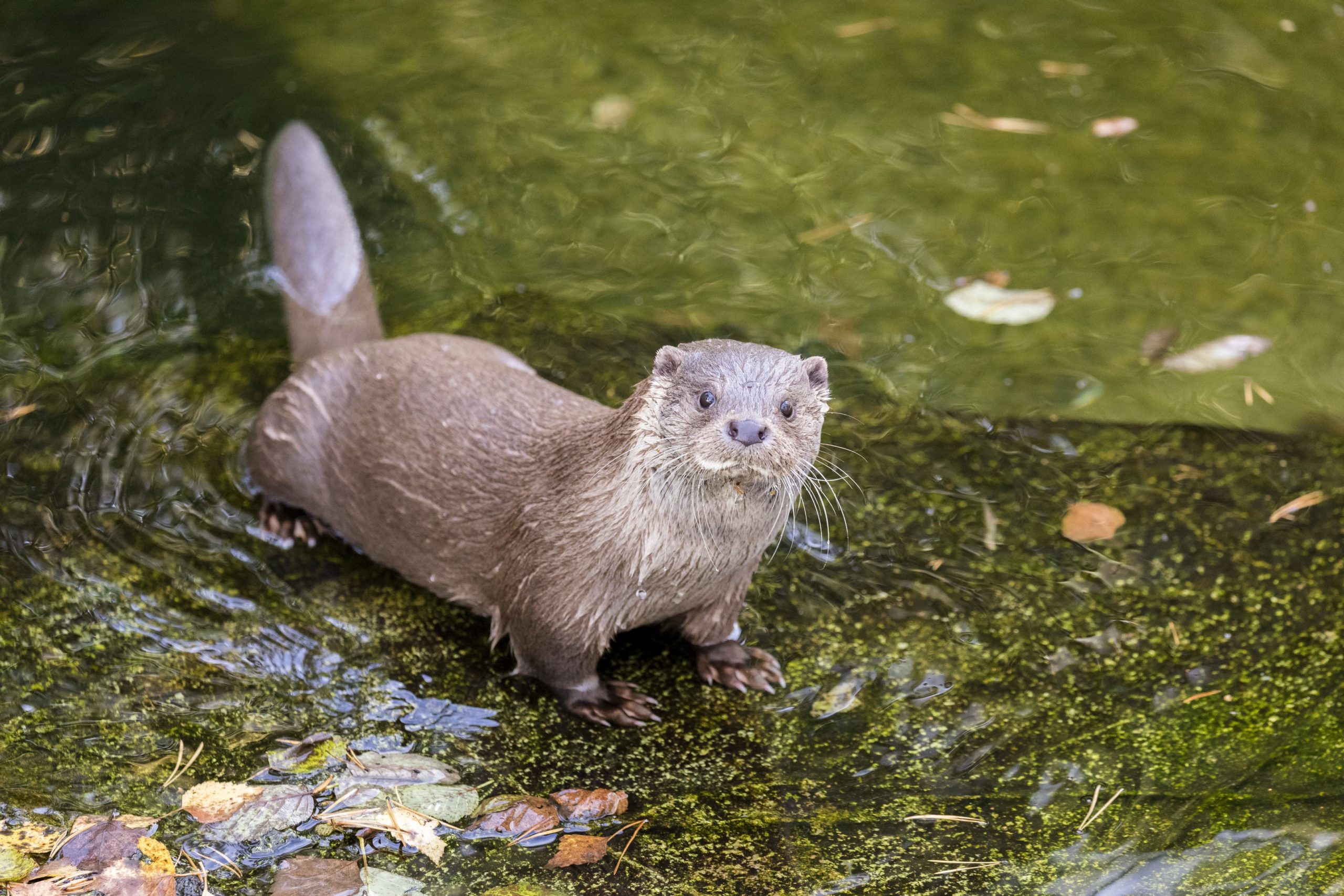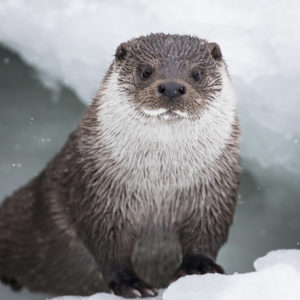
Eurasian otter
LIVING HABITS
The Eurasian otter is found in the waterways and on the coasts of Europe, Asia and Africa. In Finland, they can be found throughout the country, but less often on the south-western coastlines. The Eurasian otter needs waterways, lakes, and rivers as their habitat. Their webbed feet, slender body structure, and long tail foretell of great aquatic adaptation. They also close their ears and nostrils while diving under water. The Eurasian otter is mainly dusk and night-active, preferring a solitary existence in their territory. They feed mainly on fish, as well as on frogs, crayfish, water bird’s eggs and their young ones.
PROTECTION
The Eurasian otter has been hunted for their fur, and the population in Finland has been close to extinction a couple of times. In 1939–1950 the otter was a protected species, and again in the 1970’s; these periods made the Eurasian otter population rebound well and nowadays the species is thriving in Finland. In 2015, the Eurasian otter was classified as least concerned species in Finland. In Europe it the situation is not as good – the Eurasian otter has extinc locally in many parts of its range, and it is considered near threatened species with decreasing population. Otters greatest threats are changes in their environment, pollution, hunting, fishing and traffic. Our otters are part of the EAZA Ex-situ program (EEP).
ADAPTING TO WINTER
The Eurasian otter continues their active life throughout winter, catching fish, and staying dry due to its impermeable fur coating.
IN RANUA WILDLIFE PARK
Ranua Wildlife Park is a home to an otter couple, female Alma and male Harald. Their size difference is noticeable, Harald being the larger one.
Eurasian otter
Lutra lutra
Class: Mammalia – Mammals
Order: Carnivora- Carnivores
Family: Mustelidae – Mustelids
Size: Weight: 5-15kg, length: 50-100cm + length of tail 26-55cm, male larger than female.
Breeding: Heat: may be repeatedly through the year, most commonly in spring or summer. Gestation period: 60 days and nights; possible delayed fetogenesis. Offspring: 1-3 at a time. Independent in 1 year, sexual maturity reached in 2-3 years.
Lifespan: 15–18 years.


Did you know…
Did you know, that the Eurasian otters are excellent at sliding down snow banks? Sliding saves energy. They seem to enjoy this pass-time, climbing up time after time again to slide down the snow bank.




